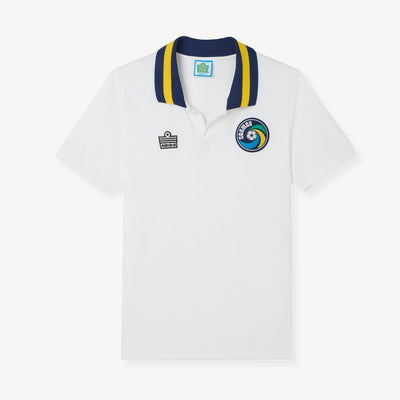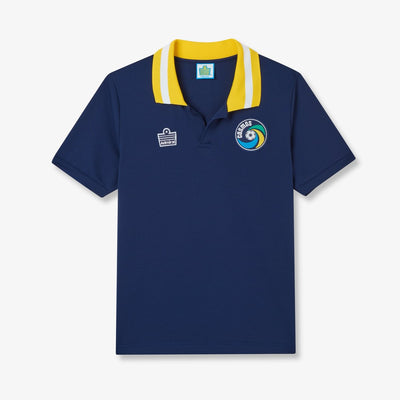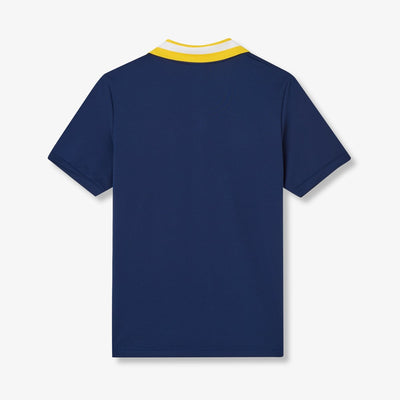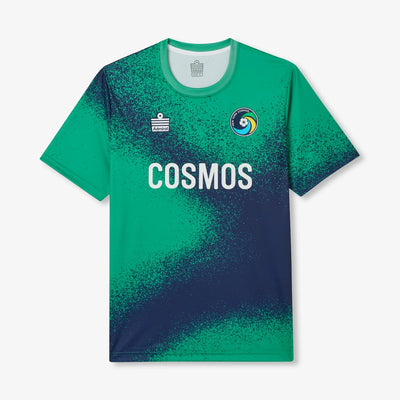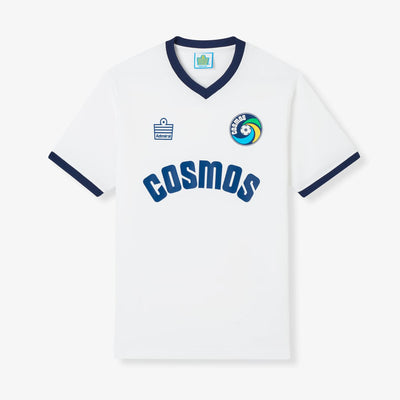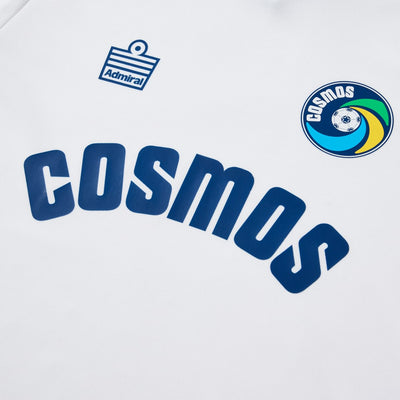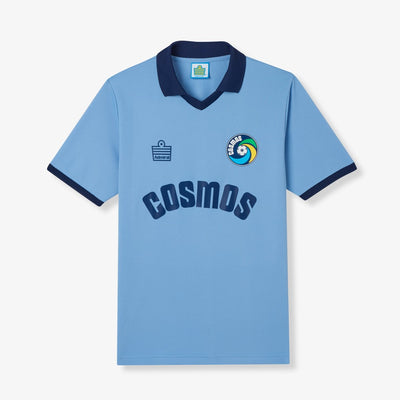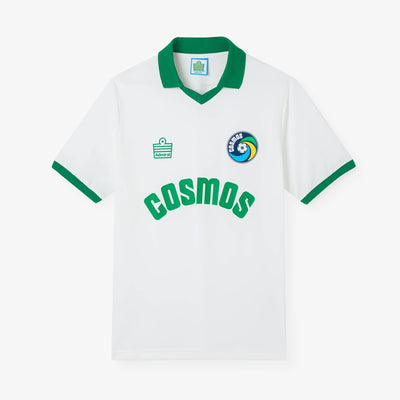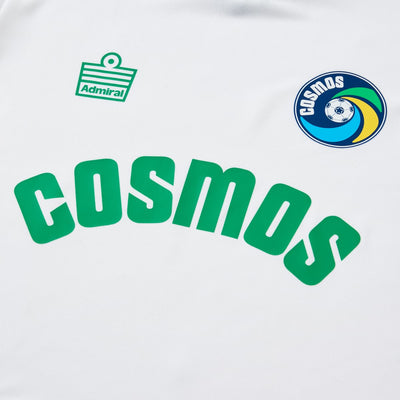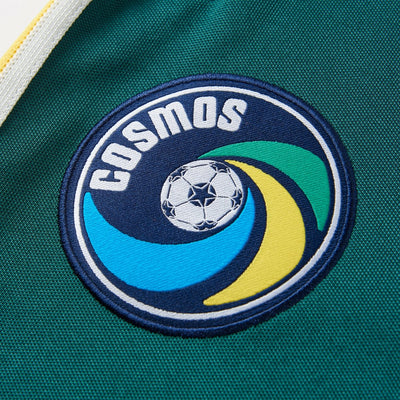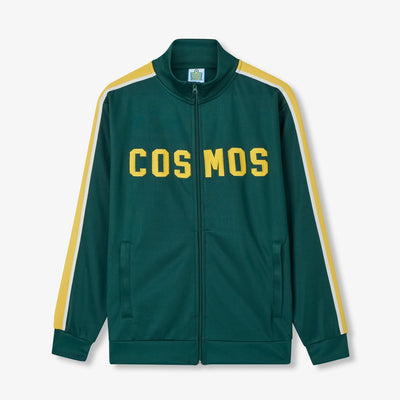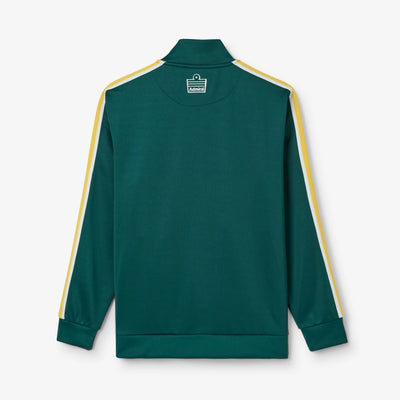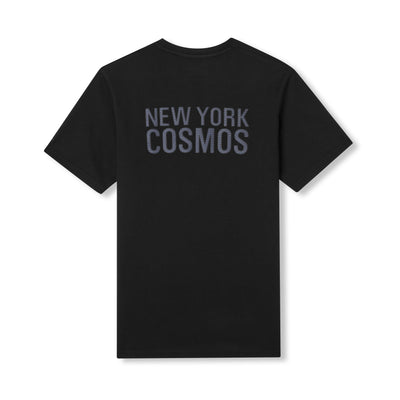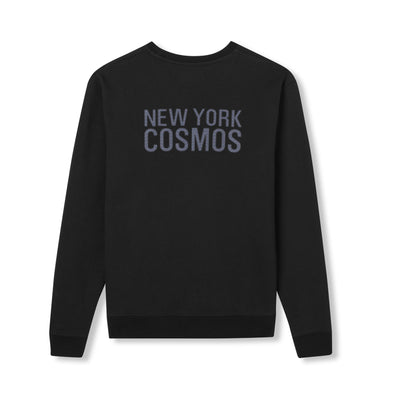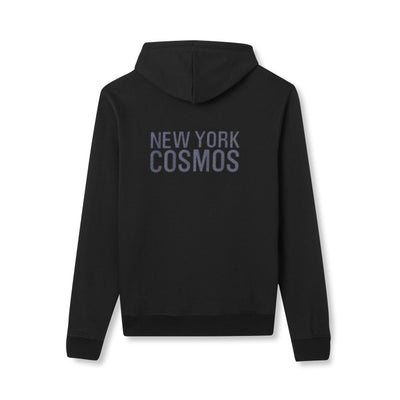The New York Cosmos: The Original Galácticos
Long before David Beckham and Lionel Messi attempted to popularise football in the US, there was the New York Cosmos. The original ‘Galácticos’, the Cosmos were more than just a football club; they were a cultural phenomenon. As part of the North American Soccer League (NASL) from 1971 to 1985, they were not only the league’s most famous side but a global symbol of the sport’s untapped potential in America.

The Cosmos revolutionised football in the US by attracting some of the game’s biggest names. At a time when football was still a niche sport in North America, they brought European and South American legends across the Atlantic, transforming the game into a mainstream spectacle.
Founded in 1970 by media giant Warner Communications, the Cosmos initially had little to set them apart from other NASL sides. That changed dramatically in 1975 with the signing of Pelé, the Brazilian icon widely regarded as the greatest footballer of all time. It was a seismic moment, not just for the club, but for football in the United States. Pelé’s arrival legitimised the NASL and signalled that America could be a viable destination for the sport’s elite.

The club didn’t stop there. In 1976, they signed Giorgio Chinaglia, the prolific and outspoken Italian forward from Lazio, who would go on to become the league’s all-time top scorer and the heartbeat of the team. A year later, they made another marquee signing in Carlos Alberto, the Brazilian full-back and captain of the iconic 1970 World Cup-winning squad. And then came Franz Beckenbauer; the elegant, tactically brilliant German who had lifted the World Cup as West Germany’s captain in 1974. With Pelé, Chinaglia, Carlos Alberto, and Beckenbauer in their ranks, the Cosmos had assembled a squad that could rival any of Europe’s best.
English players also found their way to New York. Steve Hunt, formerly of Aston Villa, and Manchester City’s Dennis Tueart both played crucial roles, earning MVP honours in the 1977 and 1978 Soccer Bowls, respectively. Even after Pelé’s retirement in 1977, the Cosmos continued to attract world-class talent, including Dutch midfielder Johan Neeskens, a key figure in Ajax’s legendary "Total Football" era and a World Cup finalist with the Netherlands.

The team’s success translated into extraordinary attendances, regularly drawing over 70,000 fans to Giants Stadium, numbers unheard of for football in America at the time. The Cosmos’ matches weren’t just sporting events; they were glitzy spectacles, attended by celebrities, musicians, and high-profile figures from across the entertainment world.
Their early success spurred other NASL clubs to follow suit, leading to an influx of footballing royalty. Johan Cruyff, George Best, Geoff Hurst, and Eusébio all made the move to the NASL in an attempt to recreate the Cosmos’ star-studded model. Yet, it was the Cosmos who remained the dominant force, securing five NASL championships in 1972, 1977, 1978, 1980, and 1982, cementing their place in football history.
While the NASL ultimately disbanded in 1985, the legacy of the New York Cosmos endured. They proved that football could be more than just a fringe sport in America, paving the way for the eventual rise of Major League Soccer (MLS) and the game’s growing popularity in the decades that followed. The Cosmos were pioneers, bringing a touch of South American and European glamour to US shores, and, for a brief time, making New York a major force in the footballing world.
NY Cosmos x Admiral
